【Carbon Science】Carbon and Graphite Products

【Carbon Science】Carbon and Graphite Products
(I) Graphite Electrode Category
Primarily using petroleum coke and needle coke as raw materials, with coal tar pitch as a binder, graphite electrodes are manufactured through processes such as calcination, batching, kneading, molding, baking, graphitization, and machining. These electrodes are conductors that release electrical energy in the form of an arc to heat and melt the charge in an electric arc furnace. Based on their quality indicators, they can be classified into regular power, high power, and ultra-high power. Graphite electrodes include:
(1) Regular power graphite electrodes: Allow the use of current density below 17A/cm², mainly used in regular power electric furnaces for steelmaking, silicon refining, yellow phosphorus refining, etc.
(2) Anti-oxidation coated graphite electrodes: Coated with a layer of anti-oxidation protective coating, reducing electrode consumption during steelmaking.
(3) High power graphite electrodes: Allow the use of current density between 18-25A/cm², mainly used in high-power arc furnaces for steelmaking.
(4) Ultra-high power graphite electrodes: Allow the use of current density greater than 25A/cm², primarily used in ultra-high power steelmaking arc furnaces.
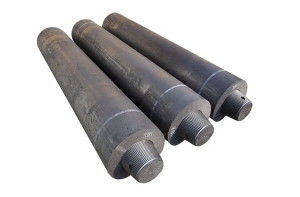
(II) Graphite Anode Category
Primarily using petroleum coke as a raw material, with coal tar pitch as a binding agent, graphite anodes are manufactured through processes like calcination, batching, kneading, molding, baking, impregnation, graphitization, and machining. They are commonly used as conductive anodes in electrolytic equipment in the electrochemical industry. This category includes:
(1) Various chemical industry anode plates.
(2) Various anode rods.
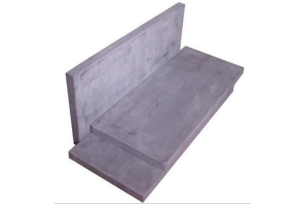
(III) Special Graphite Category
Mainly using high-quality petroleum coke as a raw material, with coal tar pitch or synthetic resin as a binder, special graphite products are produced through processes such as raw material preparation, batching, kneading, pressing, crushing, re-kneading, shaping, multiple baking, multiple impregnation, purification, graphitization, and machining. Generally used in aerospace, electronics, and nuclear industries. It includes spectroscopic pure graphite, high-purity, high-strength, high-density, and pyrolytic graphite, among others.
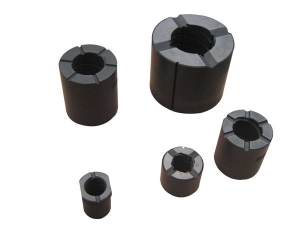
(IV) Graphite Heat Exchanger
Processed artificial graphite shaped as required, impregnated and solidified with resin, these impermeable graphite products are used as heat exchange equipment. It is a heat exchange device made from artificial impermeable graphite and is mainly used in the chemical industry. It includes:
(1) Block-hole type heat exchanger.
(2) Radial heat exchanger.
(3) Falling film heat exchanger.
(4) Tube-type heat exchanger.
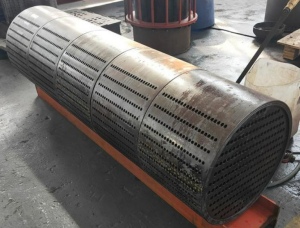
(V) Carbon Electrode Category
Made from carbonaceous materials such as anthracite and metallurgical coke (or petroleum coke), with coal tar pitch as a binder, these non-graphitized conductive electrodes are shaped by pressing and then baked. They are not suitable for electric furnaces melting advanced alloy steels. This category includes:
(1) Multi-ash electrodes (produced from anthracite, metallurgical coke, and pitch coke).
(2) Regenerated electrodes (produced from artificial graphite and natural graphite).
(3) Carbon resistance rods (carbon lattice bricks).
(4) Carbon anodes (pre-baked anodes produced from petroleum coke).
(5) Baked electrode blanks.
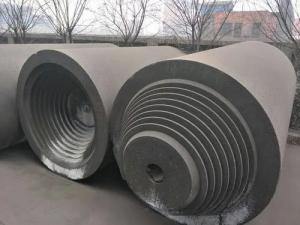
(VI) Carbon Block Category
Primarily using anthracite and metallurgical coke as the main raw materials, with coal tar pitch as a binder, carbon blocks are manufactured through processes like raw material preparation, batching, kneading, shaping, baking, and machining. High-temperature and corrosion-resistant, high furnace carbon blocks are used for lining blast furnaces. Bottom carbon blocks, side carbon blocks, and electric furnace blocks are used in aluminum electrolysis cells and ferroalloy furnaces. It includes:
(1) Blast furnace carbon blocks.
(2) Aluminum cell carbon blocks (bottom and side carbon blocks).
(3) Electric furnace carbon blocks.
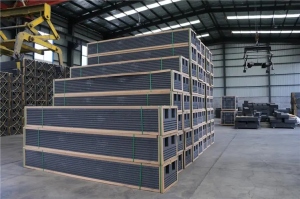
(VII) Carbon Paste Category
Primarily using petroleum coke, anthracite, and metallurgical coke as the main raw materials, with coal tar pitch as a binder, carbon paste is produced. Some are used as electrode paste for continuous self-baking electric furnaces, others as anode paste for continuous self-baking aluminum cells, and some for filling gaps in blast furnace lining and as coarse and fine paste for refractory mortar. Although blast furnace self-baked carbon blocks serve different purposes, their production processes are similar to paste products and are temporarily classified as paste products. It includes:
(1) Anode paste.
(2) Electrode paste (including standard and non-standard electrode paste).
(3) Bottom paste (including multi-ash and low-ash bottom paste).
(4) Sealing paste (including multi-ash and low-ash sealing paste).
(5) Other pastes (including coarse seam paste, fine seam paste, self-baked carbon bricks, etc.).
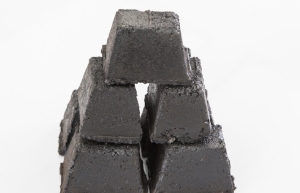
(VIII) Non-Standard Carbon and Graphite Products Category
This refers to various special-shaped carbon and graphite products that are further processed from carbon and graphite products. It includes shovel-shaped anodes, fluorine-producing anodes, and various specifications of crucibles, plates, rods, blocks, etc.
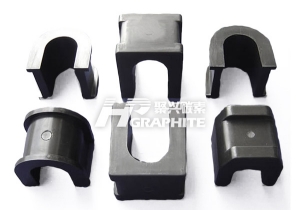
(IX) Impermeable Graphite Category
This refers to various graphite-shaped products made by impregnating and processing with resin and various organic substances. It includes the base block of heat exchangers.
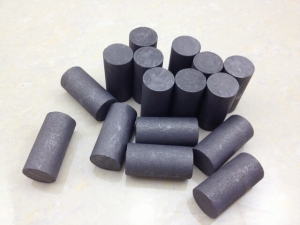
(X) Carbon Products Category
This refers to carbon rods, carbon brushes, and other products. Please feel free to contact us for technical exchange requirements for carbon products.
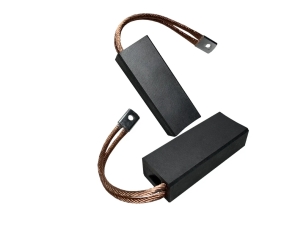
No related results found








0 Replies